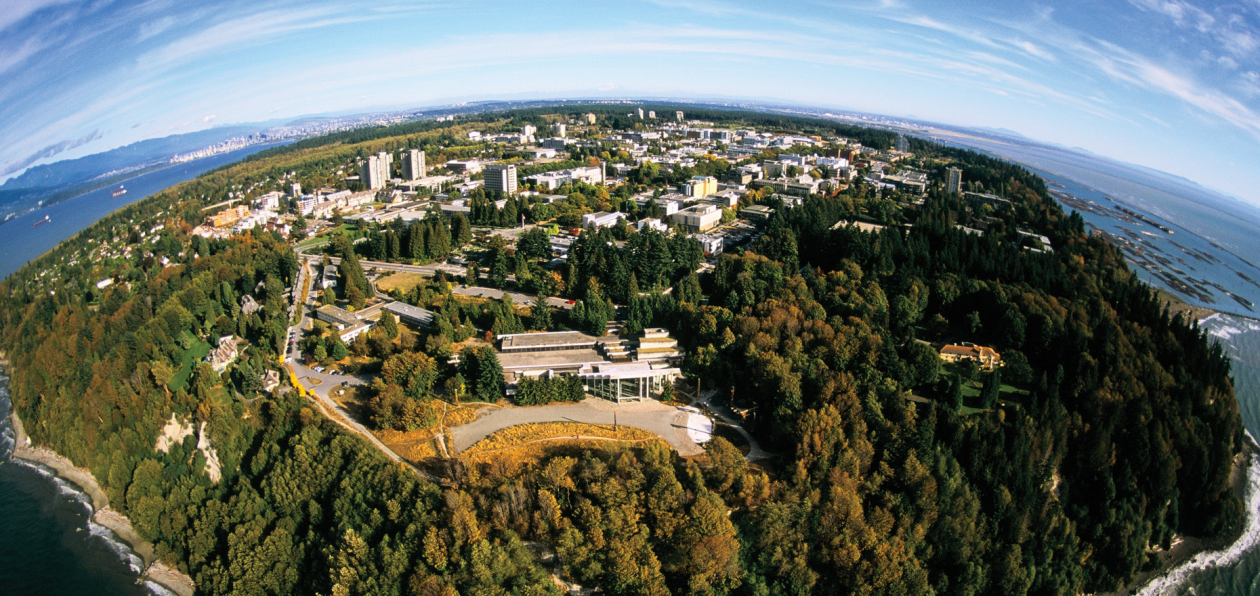I use to work at an Outdoor Camp for children and from that experience I learned there’s so much value in teaching alternative environment/outdoor education. The outdoors doesn’t just offer an alternative space, but it provides students the ability to develop independence and self-reliance. In the outdoors, students can learn how to adapt, face new challenges, and overcome fears or apprehensions they otherwise wouldn’t face indoors. Active learning in the outdoors also introduces young people to the environment in a way in which they can develop understanding and appreciation for nature. They can build a connection to nature and therefore understand the contexts of today’s issues of sustainability. We live in a complex world where we continue to exploit the environment and all it’s natural resources, if children are aware of these growing issues then perhaps they can become stewards of change in helping protect it.
I would think for many of us school was the first place where we learned or first participated in outdoor education. I’m glad that schools today understand the value of outdoor education, just not the activity aspect of it, but also its impact on someone’s physical development and mental well-being. We live in a digital world where kids are recorded spending more time in front of screens than outside. I’m afraid that the growing immersion of technology in almost every aspects of our daily life could potentially disconnect younger generations from the outdoors. As an educator, I want to ensure this doesn’t happen. I want to integrate the natural environment just not in PE class but in other subjects. For example, teaching environmental issues/concepts in depth (and preferably outside) during subjects like Science or Social Studies.
